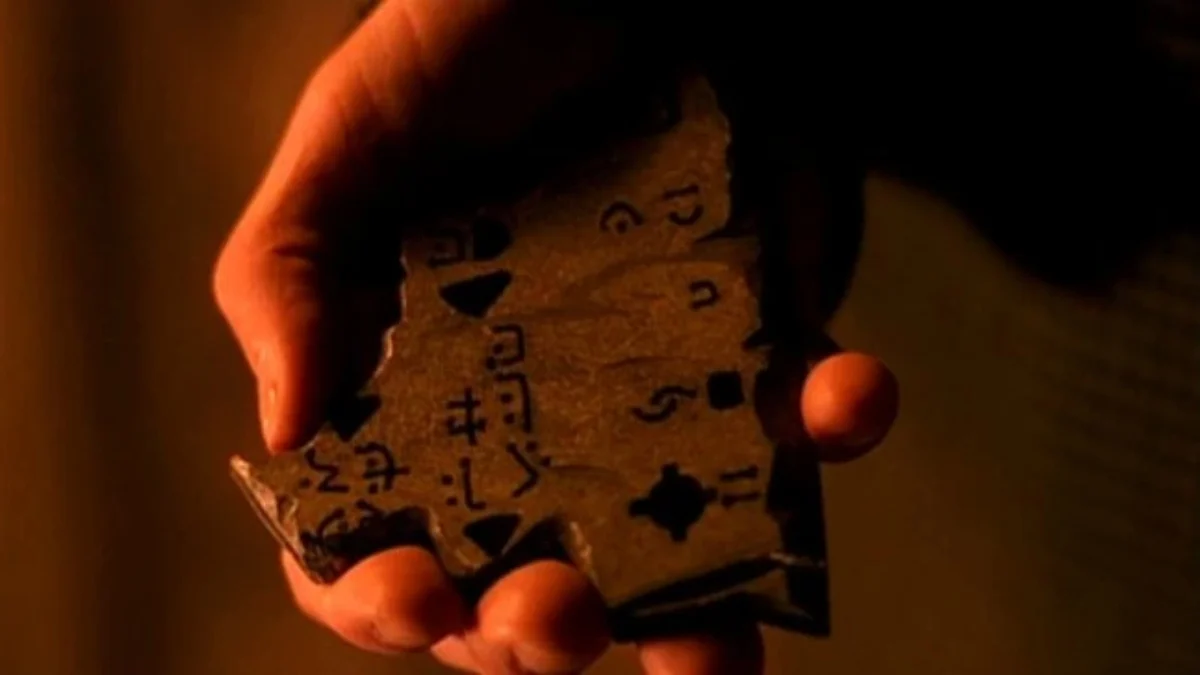
Across the United States, intriguing discoveries – from ancient carvings on stone to large-scale land formations visible from above – continue to spark discussion. These artifacts often come to light through everyday people like farmers, construction workers, and hikers, and are then studied by experts who haven’t always reached clear conclusions. While some are clearly the work of Native Americans with meanings that are still unclear, others contain inscriptions or characteristics that don’t fit with what we know about the past. Here are fifteen of the most discussed artifacts and locations, and the details that make them so fascinating.
Kensington Runestone (Minnesota)
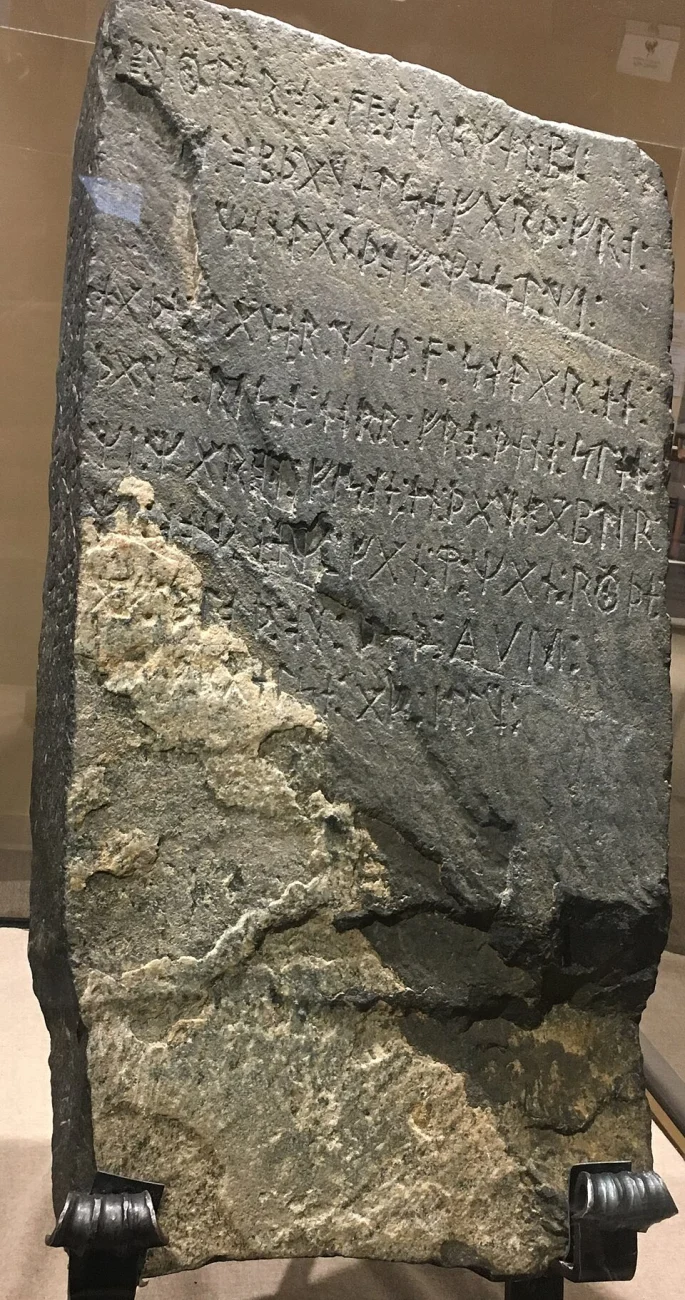
Discovered in 1898 by a farmer named Olof Öhman near Kensington, Minnesota, the stone is a slab of greywacke with runic writing that dates back to 1362. Experts have studied the stone many times, looking at the language, the style of the runes, and how it has aged. It’s currently on display at the Runestone Museum in Alexandria, Minnesota. The main question surrounding the stone is whether it was carved by Vikings in the Middle Ages or by Scandinavian immigrants much later.
Newark Holy Stones (Ohio)
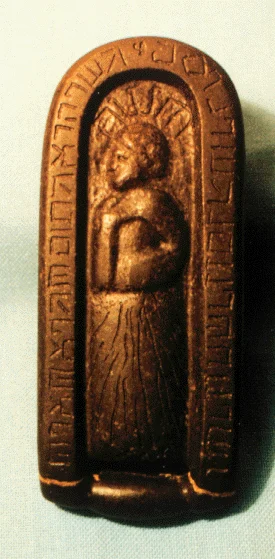
Discovered around 1860 near ancient burial mounds in Newark, Ohio, these artifacts—including the “Keystone” and the “Decalogue Stone”—feature inscriptions in Hebrew, notably a version of the Ten Commandments. Surveyor David Wyrick first reported them, and they quickly became a national curiosity. However, experts have debated whether they are genuine, focusing on the language used and how they were found.
Bat Creek Stone (Tennessee)
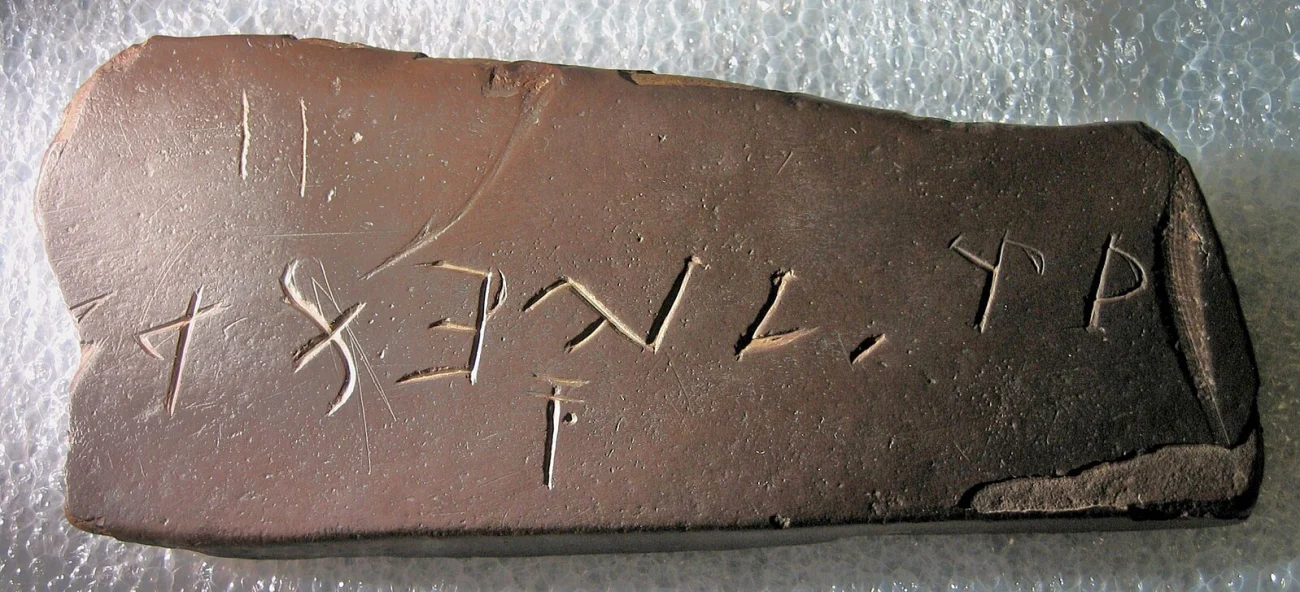
Discovered in 1889 during a Smithsonian excavation of a mound in Tennessee, this small stone tablet was first thought to be inscribed with Cherokee writing. However, scholars later suggested it might be written in an ancient form of Hebrew, sparking debate about where it came from. While other artifacts found with the tablet have been dated, the meaning of the inscription itself is still uncertain. The tablet is now part of the collection at the National Museum of the American Indian.
Los Lunas Decalogue Stone (New Mexico)
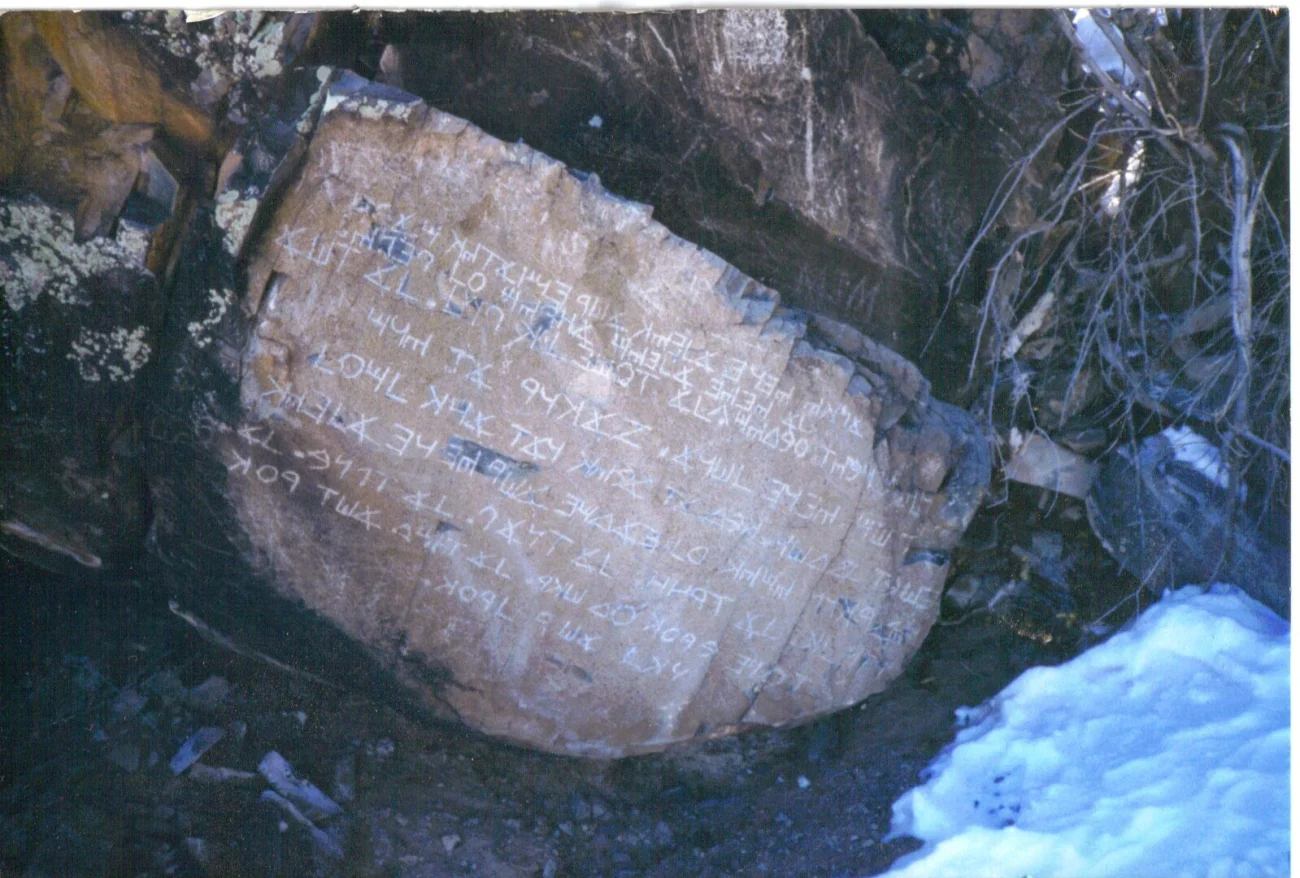
Near Los Lunas, New Mexico, an inscription carved into a boulder features a shortened version of the Ten Commandments, written in an ancient form of Hebrew. Locals were aware of the stone by the late 1800s, and researchers studied it throughout the 1900s. However, its location on a remote hillside has made it difficult to preserve and investigate. The inscription’s origins – when and by whom it was created – remain a mystery due to its unusual script and isolated setting.
Heavener Runestone (Oklahoma)
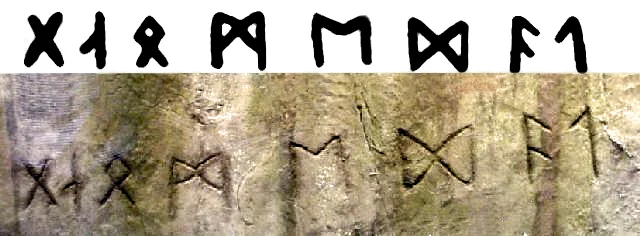
The Heavener Runestone, found in Heavener Runestone Park near Poteau, is a sandstone carving with a short series of runic symbols. Locals first noticed it around the beginning of the 1900s, and it eventually became the main attraction of a state park. Experts have studied the shapes of the runes, comparing them to alphabets from different periods, to try and figure out when it was created. While some believe it’s a recent creation, others think it might be an older inscription in the style of the Norse people, but there’s no definitive agreement on its origins.
Dighton Rock (Massachusetts)
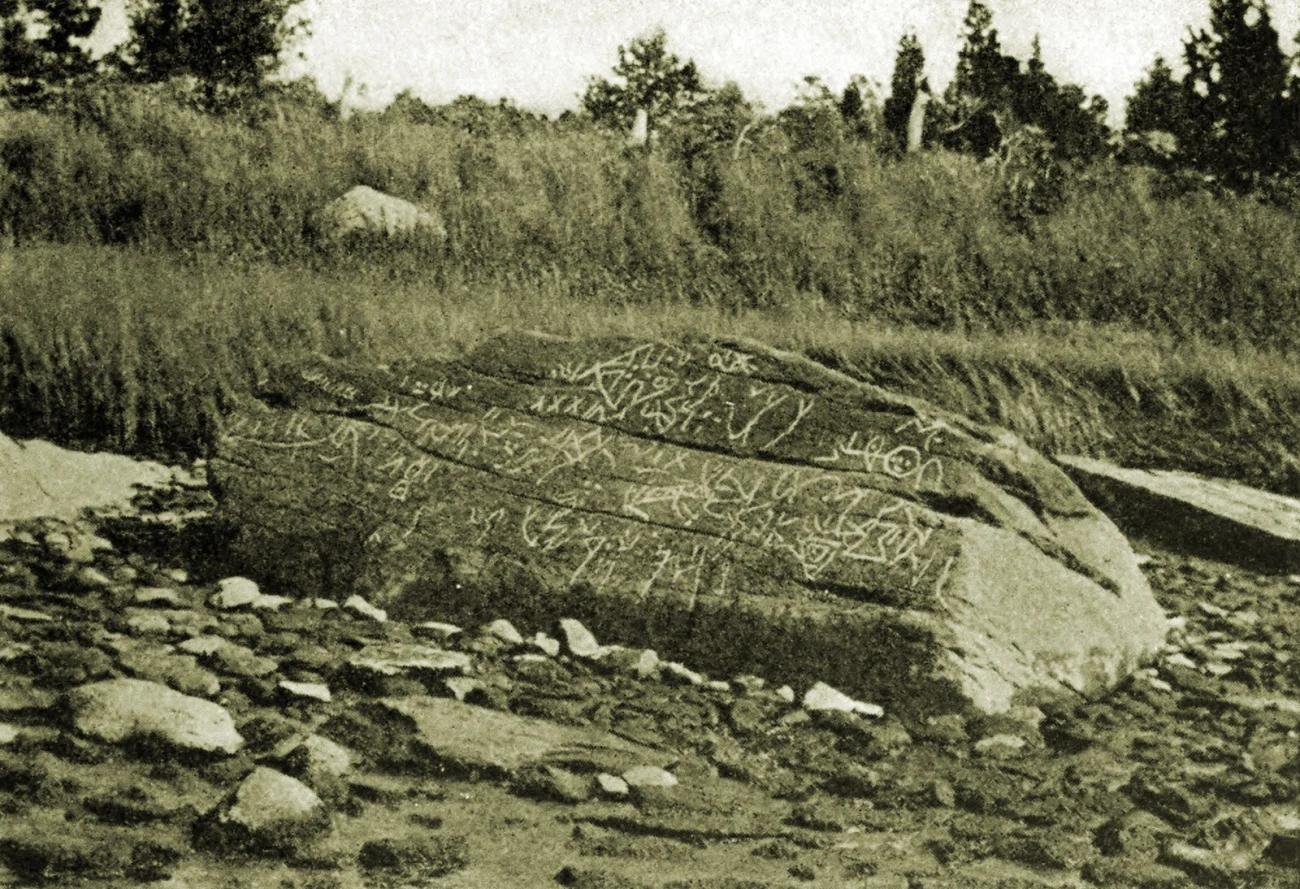
A massive, 40-ton boulder covered in ancient carvings was discovered in the Taunton River as early as the 1600s. Its surface is filled with a complex pattern of lines, shapes, and symbols, and its meaning has been debated for years. To protect it and allow for detailed study, the boulder was moved to a museum. Researchers are now focusing on comparing its style to other art and understanding how interpretations of the carvings have changed over time.
Judaculla Rock (North Carolina)
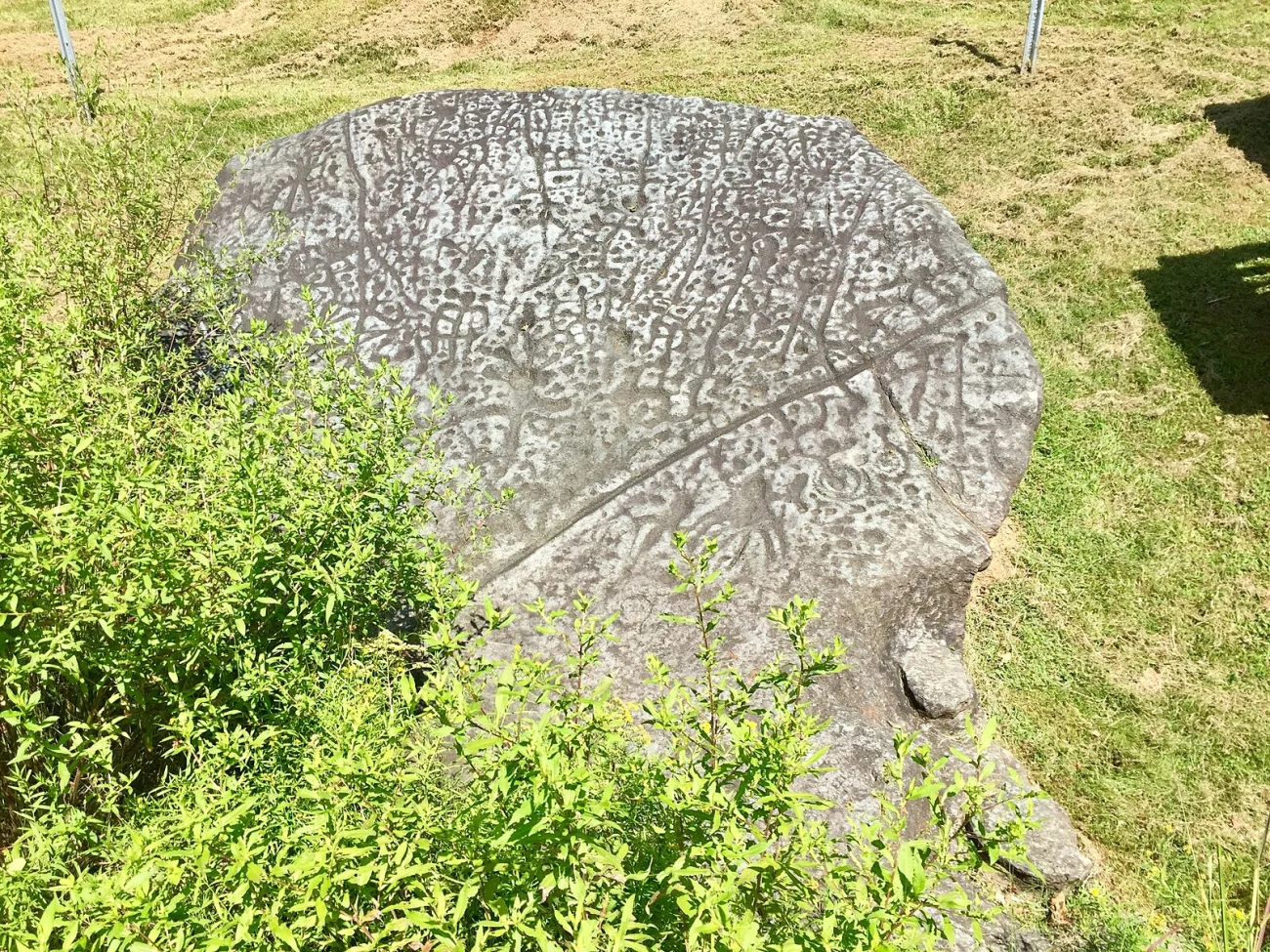
Judaculla Rock is a massive soapstone boulder located near Cullowhee, North Carolina, and it’s covered in ancient carvings. Experts estimate these carvings were made between 2,000 and 1,000 years ago, based on similar art found in the region. According to Cherokee stories, the rock is connected to Judaculla, a significant figure in their traditions. Researchers are currently documenting the hundreds of designs on the rock to monitor their condition and preserve the details for future study.
Blythe Intaglios (California)
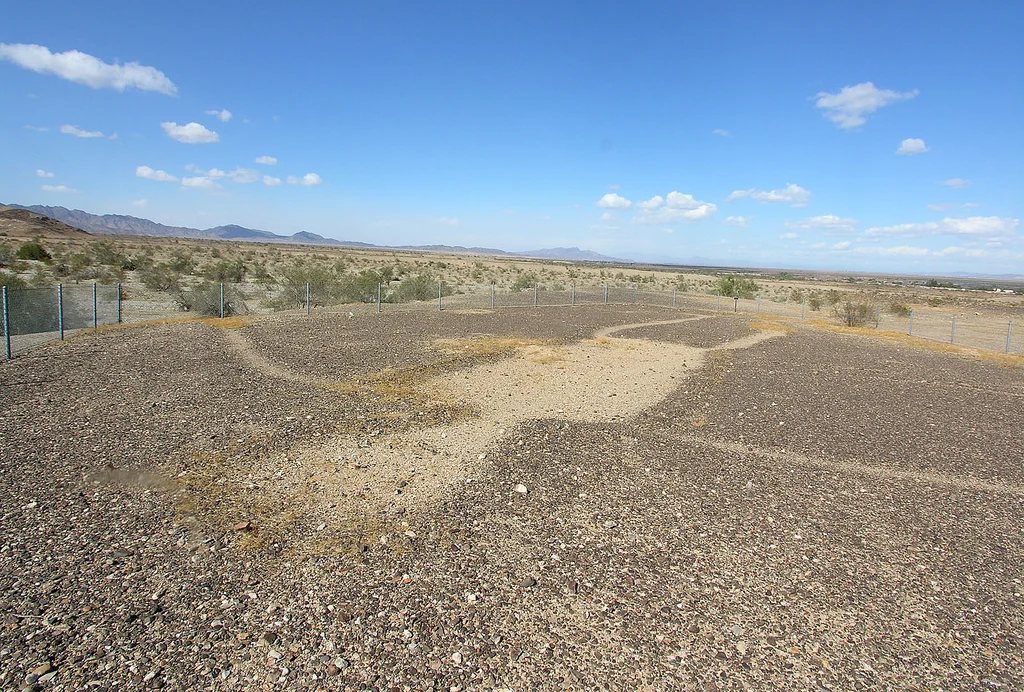
Near Blythe, California, in the Colorado Desert, you can find enormous designs – called geoglyphs – etched into the ground, showing people and animals. These were first noticed in the 1930s by pilots flying overhead, and are best viewed from the air. Researchers have determined their age by examining artifacts found nearby and studying the ground surface, rather than directly dating the designs themselves. These geoglyphs were created by the Indigenous people of the lower Colorado River area, and archaeologists are still working to understand what ceremonies they were used for.
Lake Winnipesaukee Mystery Stone (New Hampshire)
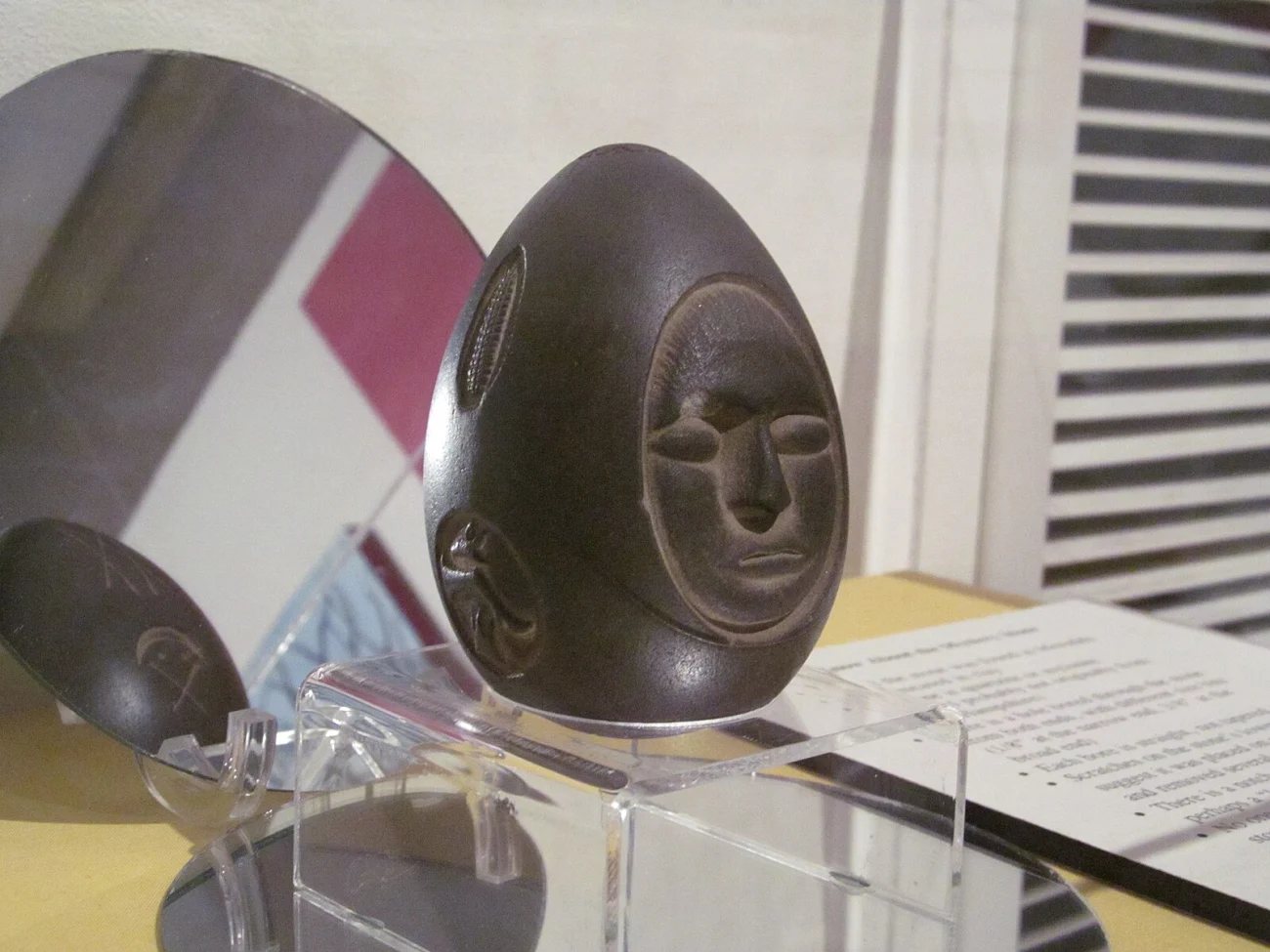
This egg-shaped stone was found in Meredith, New Hampshire in 1872 while someone was building a fence. It’s covered in carved designs, including a face and geometric shapes, and has a hole drilled all the way through it. The carvings are symmetrical and show careful craftsmanship. After being owned by several private collectors, the stone became part of the New Hampshire Historical Society’s collection. Experts aren’t sure what it was originally used for – some think it might have been a commemorative item, while others believe it could be a more recent creation. Its true origins remain a mystery.
Maine Penny (Goddard Coin) (Maine)
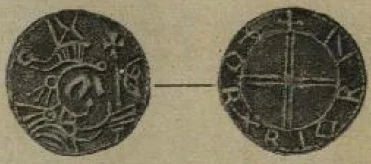
During an archaeological dig in Brooklin, Maine, in 1957, researchers found a silver coin from Norway that was made around the year 1000. The coin, from the time of King Olaf Kyrre, is a genuine example of medieval Norwegian currency. Its discovery at a Native American settlement along the coast suggests that people were trading goods over long distances, even if they didn’t directly interact. Records show the coin was carefully found among many other artifacts.
Grave Creek Stone (West Virginia)
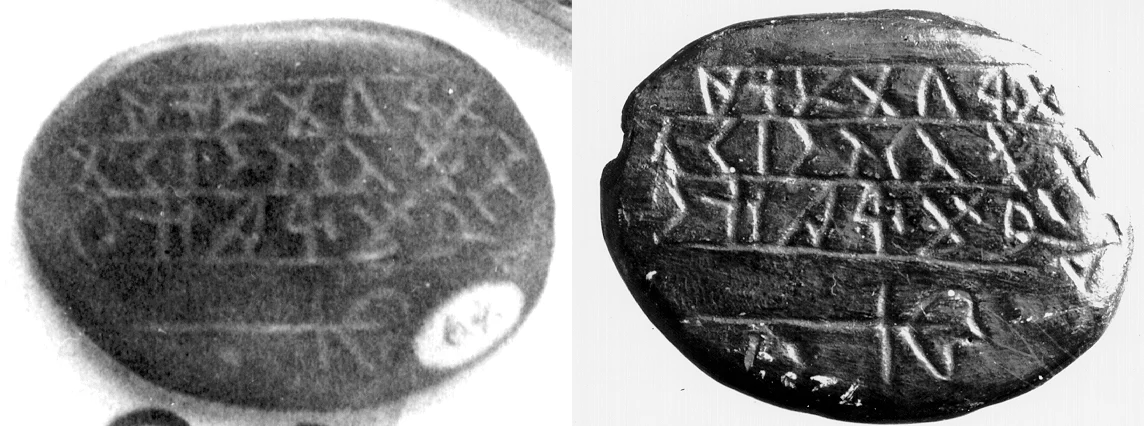
A small stone with unusual writing was found during excavations of the Grave Creek Mound in 1838. The mound, a large earthwork built by the Adena people along the Ohio River, has been a subject of study for centuries. Since the 1800s, researchers have debated whether the stone is genuine because of conflicting reports about how it was discovered. Despite these questions, the stone remains important for understanding early writing and archaeological work in America.
Tucson Artifacts (Arizona)

Discovered near Tucson starting in 1924, these lead objects – often called the Silverbell Road artifacts – feature Latin inscriptions that seem to describe battles and leaders from a possible ancient colony in the American Southwest. While intriguing, most researchers now believe they were created recently, based on material analysis and how they were found. Nevertheless, their strange history and composition continue to make them a topic of interest when studying archaeological forgeries.
Great Serpent Mound (Ohio)
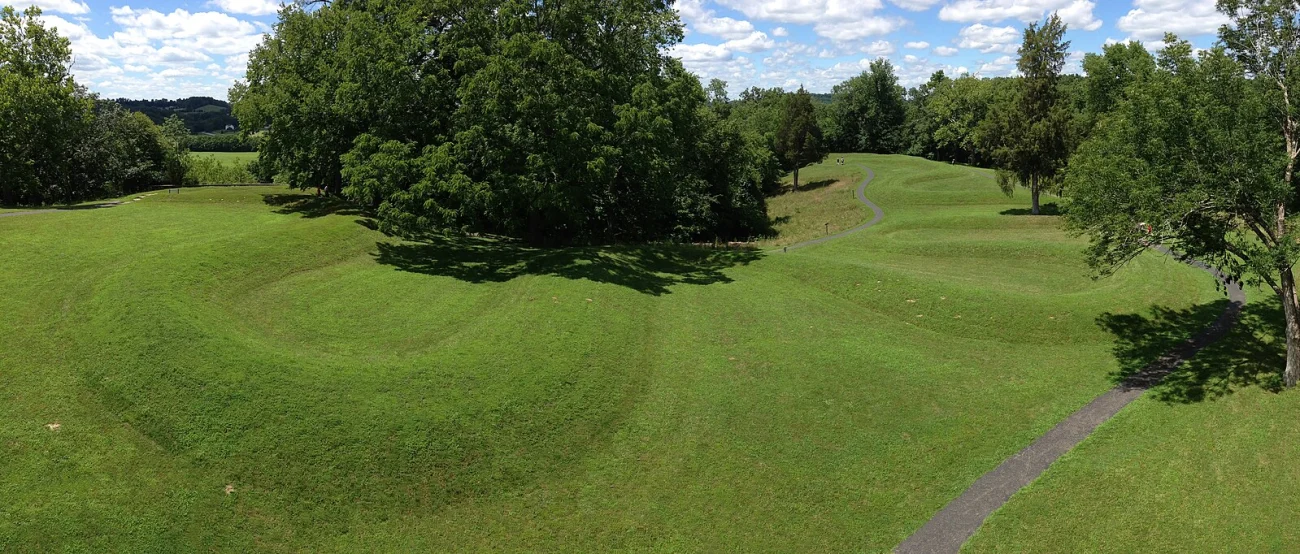
The Great Serpent Mound in Adams County is an enormous earthwork, stretching over 400 meters long and shaped like a winding serpent with a curled tail. Archaeological digs and carbon dating suggest the site was built by people of the Adena and Fort Ancient cultures. Researchers have studied whether the mound aligns with important astronomical events, using surveys and computer models. Today, the site is protected as a historic landmark and continues to be a major focus of study for those interested in the relationship between ancient cultures and the stars in North America.
Bighorn Medicine Wheel (Wyoming)
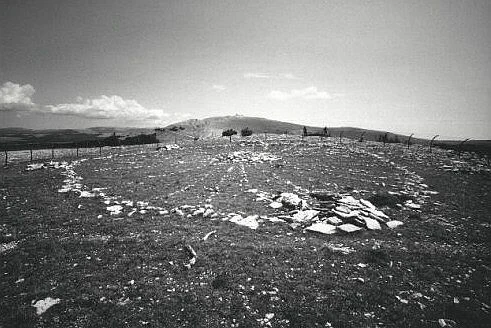
Located high in the Bighorn Mountains, the stone wheel is built from a central pile of stones, a circular arrangement around it, and lines that stretch outward like spokes. Evidence suggests it was built and used over many centuries. Researchers are studying whether it was designed to align with the sun during solstices or with bright stars, potentially for observational purposes. The site is popular with visitors who appreciate its cultural importance and beautiful views.
Miami Circle (Florida)

Unearthed in 1998 during construction in Miami’s Brickell neighborhood, this archaeological site consists of a circular pattern of carved basins and post holes in the limestone rock. Evidence suggests it was built by the Tequesta people and likely used for ceremonies or community gatherings. Today, it’s been preserved as part of a public park where visitors can learn about its history.
Share your favorite theories—or any local mysteries we missed—in the comments!
Read More
- Fed’s Rate Stasis and Crypto’s Unseen Dance
- Blake Lively-Justin Baldoni’s Deposition Postponed to THIS Date Amid Ongoing Legal Battle, Here’s Why
- Ridley Scott Reveals He Turned Down $20 Million to Direct TERMINATOR 3
- Baby Steps tips you need to know
- Dogecoin’s Decline and the Fed’s Shadow
- Global-e Online: A Portfolio Manager’s Take on Tariffs and Triumphs
- Top 10 Coolest Things About Indiana Jones
- Northside Capital’s Great EOG Fire Sale: $6.1M Goes Poof!
- The VIX Drop: A Contrarian’s Guide to Market Myths
- WELCOME TO DERRY’s Latest Death Shatters the Losers’ Club
2025-10-27 02:16